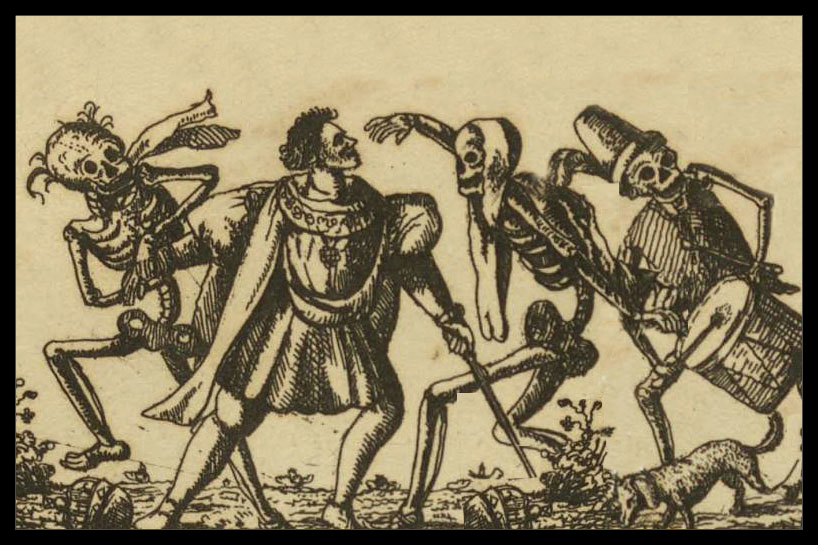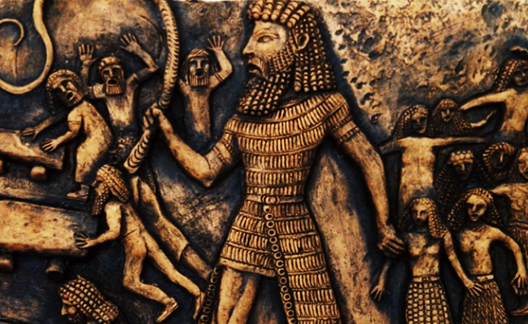They Might Also See Planet X.
A week and a half ago, I wrote about Gaia, a satellite of the European Space Agency (ESA). Gaia has been mapping the Milky Way in 3-D since 2013. In the process of mapping our galaxy, the observatory satellite has found parts of stars that date back 10 billion years, some of which are the oldest stars in the universe.
This installment is from a person who learned more about science from Carl Sagan’s TV series, Cosmos, than in 10-hours of geology at Muskingum College. Essentially, I went back to school back in 1980.
Today, I want to move away from addressing massive stars to a mini-planet. Actually, mini-planet is a term that I coined. Real astronomers use the term dwarf planet rather than mini-planet. However, they clearly state that a dwarf planet isn’t really a planet. I realize that mini-planets aren’t really planets also.
Nonetheless, this essay is about what I call a mini-planet named 2015 TG387. Interestingly, its nickname is the Goblin. This is what some artsy astronomer thinks that the Goblin looks like.

What intrigues me, which is a politically correct way of saying, is that I don’t understand how the mini-planet, the Goblin, can shed light on finding Planet X, which is much larger than The Goblin. Interestingly, it is five times larger than the Earth. Both the Goblin and Planet X are a part of the Oort Cloud, which contains many icy planets between Pluto and the Kuiper Belt.

Our Sun is on the left side of this picture. The third bluish-green planet is the Earth. We are 1 AU, which means that the Earth is an astronomical unit away from the Sun. An AU is almost 100 million miles. For those that want to be precise, we are 93 million miles from the Sun.
AU is an easy way for our minds to understand great distances between objects in space. The Goblin is about 65 AU farther away from the Sun. More mind-boggling is that the Goblin’s elliptical orbit around the Sun, at its furthermost point from the Sun, is 2,300 AU. This is where I need a picture. The following picture is of the Goblin’s elliptical orbit around the Sun. The gray circle around the Sun is the Kuiper Belt, which is 50 AU from the Sun.

The elliptical orbit of the Goblin
The Goblin is too faint for us to see for 99% of its 44,000-year journey around the Sun. When the Goblin reaches its perihelion to the Sun, we might better view the Goblin and Planet X. If you are a wannabe astronomer, you would be thinking to yourself, when will the perihelion occur? And the answer is 2078. Essentially, for the next six decades, we will have to wait.
I have a tendency to be impatient. I’m driven to understands things that I don’t know. It haunts me when I don’t know something. I am 78 years old and want to outlive George Burns, who lived 100 years and a couple of months. Essentially, I need to reach March 10, 2043. I will have become a centenarian and also outlive George Burns. I hope to obtain the distinction of living longer than Burn, which means that I have 22 more years before giving my last lecture at Harvard. Then I need another 35 years before viewing the Goblin and Planet X. Even for a dreamer, it will be a Herculean Task to achieve.
Follow @mountain_and_me














